This article provides a complete line by line analysis of the poem “Elegy written in a Country Churchyard” by Thomas Gray. Thomas Gray(1716-1771) was born in London and studied at Eton and Cambridge. With such a scanty production, Gray holds a key position in the history of English poetry and this very “Elegy Written in a Country Churchyard” is the only reason of it.
I’ve divided the poem into five sections or articles for ease of understanding. The links for the remaining part of the poem is given at the end of this article! I highly recommend you go through the entire analysis and if need more than once!
Elegy is a masterpiece and my aim is to make readers help in understanding this poem without any difficulty. I’ve kept the language easy going, so that everyone can understand the theme of the poem.
Share this ‘Poem Summary’ with your friends via Facebook or any other Social Network after you complete reading it. Sharing this summary may take some effort, but this little effort will encourage me to write more poem summaries from my end!
Elegy Written in a Country Churchyard Theme
It is universally believed that Thomas Gray is well popular because of ‘Elegy.’ The composition began after the death of a very close associate of him, his school friend West.
It is about a simple unnamed village people who lie buried in a quiet churchyard, in the village of Stoke Poges. Gray sums up his entire experience of life in this poem- the melancholy, the boredom, the obscurity and lack of achievement, as yet presents itself in a way which seems tolerable and appreciable too. In this poem, you will find a complete set of expressions of his personal life, his despairs and frustrations. You get to know the life of the villagers of Stoke Poges.
Introduction to the Life of Thomas Gray
Born in Cornhill, London, Thomas Gray was the son of an exchange broker with many siblings! He was educated at Eton College (1725 to1734), where he befriended Thomas Ashton, Horace Walpole and Richard West! He entered Cambridge for his higher studies but left on 1738 without having a proper degree to pursue law in London. This makes up believe that Gray is whimsical, but sentimental and emotional at the same!
- Gray is identified as one of the graveyards poets of the late 18th century, along with William Cowper, Christopher Smart and Oliver Goldsmith. The thoughts of mortality and finally submitting to death. Sources: Wikipedia: http://en.wikipedia.org/wiki/Thomas_Gray
- On July 30, 1771 Thomas Gray died in Cambridge and was buried beside his mother in the rural churchyard of Stoke Poges, the setting for his famous Elegy.
- John Penn installed a memorial in the churchyard for Gray which is engraved with an Elegy.
Elegy Written in a Country Churchyard Analysis Line by Line
Stanza1
The evening bell ringing in the church marked the departure of the day. The cattle were slowly moving to shelter, as they passed through the fields, and so did the farmers, who were walking heavily after the day’s hard work. As they went home, they left the poet who was sittng in the churchyard also in the growing darkness of the advancing evening.Curfew- In medieval times, curfew refers to- the ringing of a bell to prompt people to extinguish fires and lights.The ringing of the evening bell in the church marks the end of the day (feel the expression: the parting day)
The first paragraph sets the mood of the poem, gray leaves a cliché of romanticism blended with satire. The senses of the readers are awaken on reading the line, “And leaves the world to darkness and to me.” It portrays the dark environs of Stoke Poges and the atmosphere that surrounds it.
The “weary way” is a example of transferred epithet. A transfer of Epithet: a word which actually describes it to a word which is closely related to it. The word ‘weary’ is associated with the ploughman (who is tired after the day’s work) but it is transferred to the phrase “way” which is closely associated to it, hence “weary way”.
Stanza 2
As the rays of the sun deems, twilight encloses and is slowly gulfed by the serene darkness of the night. The faintly lighted landscape is slowly fading and becoming invisible to the eye. The evening breeze has stopped and the air holds stillness, except the beetles, making a monotonous humming sound. Also one could hear the jingling sound of the bells round the neck of the sleepy cattle when they move their head. At last, the night has fallen in the village of Stoke poges and the fellowship of the light is no more.fades: vanishes, glimm’ring: silhouetting, landscape: the panorama of the countryside, stillness: serene, droning flight: monotonous hums, lull: made to sleep, drowsy: sleep enticing
Stanza 3
The evening has sets in and the poet is unable to see anything. However, this doesn’t prevents the poet from describing the evening scenes. He could strangely perceive the owl, complain to the moon about her inconvenience. She complained about the disturbance created as someone was passing by its nest from her ancient reign, an ivy covered tower.
yonder: that, ivry: creepers, ivry: creeper, bow’r: shed, molest: disturb, solitary: lonely and isolated
Stanza 4
Beneath the shade of the yew tree and elm tree, gnarled and knotted through the ages, lies the narrow burials of the rustic villagers of Hamlet. The poem was perhaps accustomed with those scenes since childhood, and thus he used the appropriate phrases like “yew-tree’s shade” and “mouldering heap” to present a panoramic view of the surrounding areas where the coffins were laid. Each of them (the common rustics of Stoke Poges) sleep for an eternal period of time in their narrow grave surrounded by grassy plot and heaps of earth.rugged: rough, elm: it refers to the elm tree that grows in the graveyard, turf: the heap of grass, narrow cell: grave, rude: simple, hamlet: village
Elegy Written in a Country Churchyard Explanation: A Historical Context
It took Thomas Gray years to complete this poem, during that period, the world was going through a period of ‘Intellectual Development’ as thinkers coined it as “Age of Enlightenment.” It was due to the philosophical movement, the advances in Science and needless to say about Sir Newton’s theory of universal gravitation.
- Elegy too retains a recognition for “its dignified expressions portrayed with simple truths.” In the words of Sir Samuel Johnson,“The ‘Churchyard’ abounds with images which find a mirror in every mind, and with sentiments to which every bosom returns an echo are to me original..
Stanza 5
The poet laments over the fact that these men and women, use to wake up by listening to the chirping of the birds, the trumpet sounds made by the cock and their echoes. But now, not even the mist of the morning breeze and the call of the birds and animals shall make them rise from their grave.
the breezy call: call of the breeze, incense: the fragrance emanating from the flowers; breathing Morn: the morning which is full of fragrance (from the flowers); twitt’ring: chirping of the birds; clarion: maybe the echoing of the horn of the hunter, lowly bed: grave
Stanza 6
No more shall one find the hearth (fireplace) burning. Those beautiful glimpse of children climbing to their father’s knees to have the first kiss, the affectionate show of love and the envied kiss shall never to be seen again. These lines present the universal feelings, the inflow of emotions that often one encounters while losing a dear one. At the same time, the void that often get created in their absence is prolifically described by the poet in these verses. These lines symbolize the entire lament of mankind and should not be judged with the poet’s personal feelings or the people of Stoke Poges.
for them: refers to the dead, blazing hearth: fireplace which burns in the evening time for comfort, lisp: speaking incoherently, sire: father, envied: desired
Analysis Continues-
Let’s continue with the wonderful analysis. I’ve divided it into four sections to let reader focus on individual sections at a time! The poem needs great attention and a detailed explanation to highlight the theme of the poem clearly. I’d appreciate if you share your feedback about the poem and intimate me if I need to include anything. Thank you
Some online learning platforms provide certifications, while others are designed to simply grow your skills in your personal and professional life. Including Masterclass and Coursera, here are our recommendations for the best online learning platforms you can sign up for today.
The 7 Best Online Learning Platforms of 2022
- Best Overall: Coursera
- Best for Niche Topics: Udemy
- Best for Creative Fields: Skillshare
- Best for Celebrity Lessons: MasterClass
- Best for STEM: EdX
- Best for Career Building: Udacity
- Best for Data Learning: Pluralsight

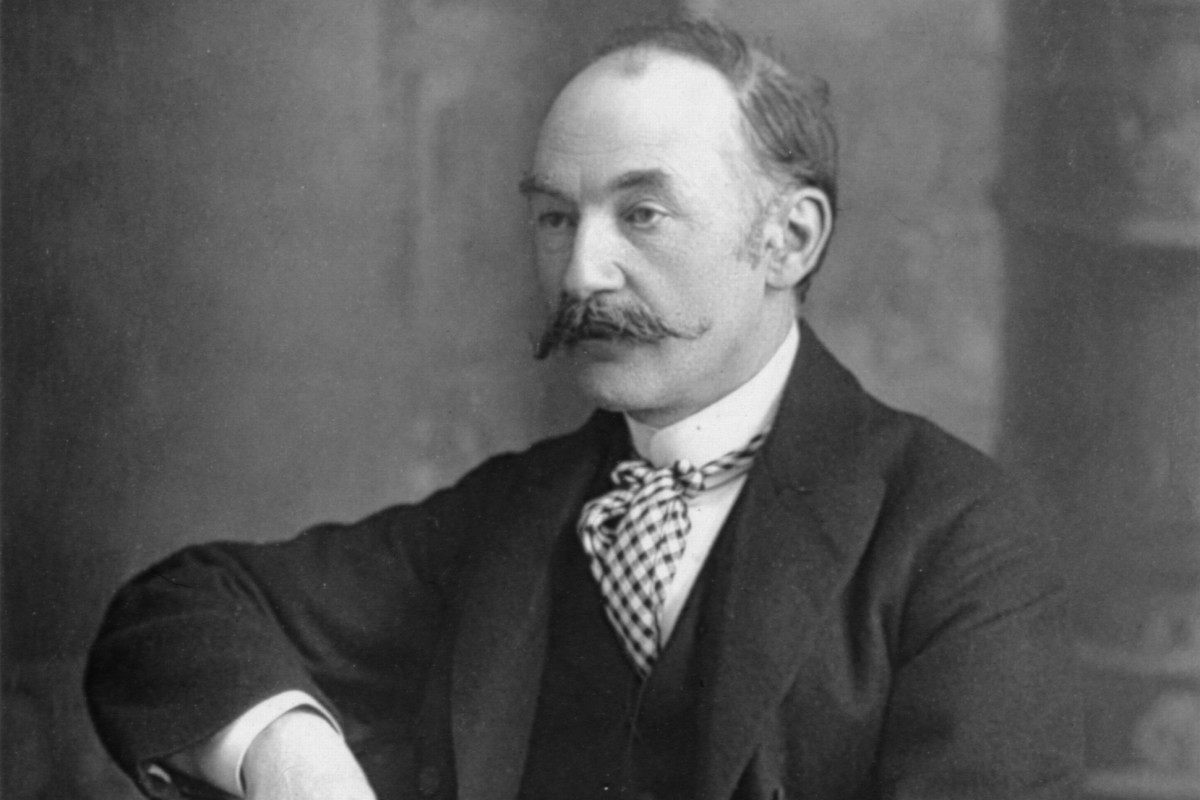
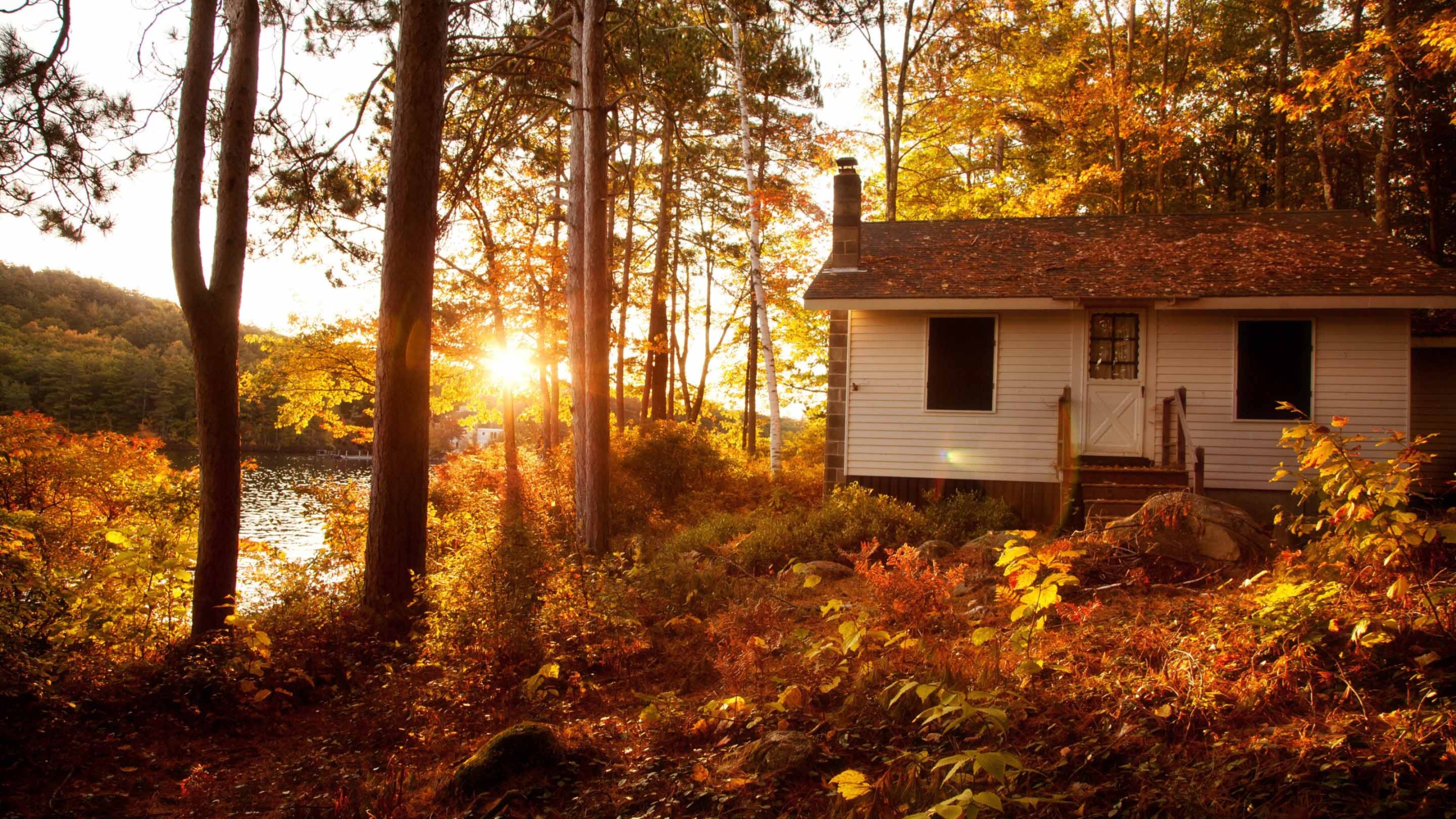
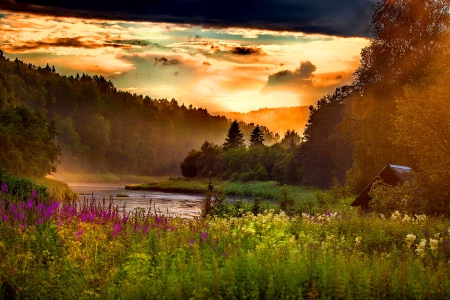



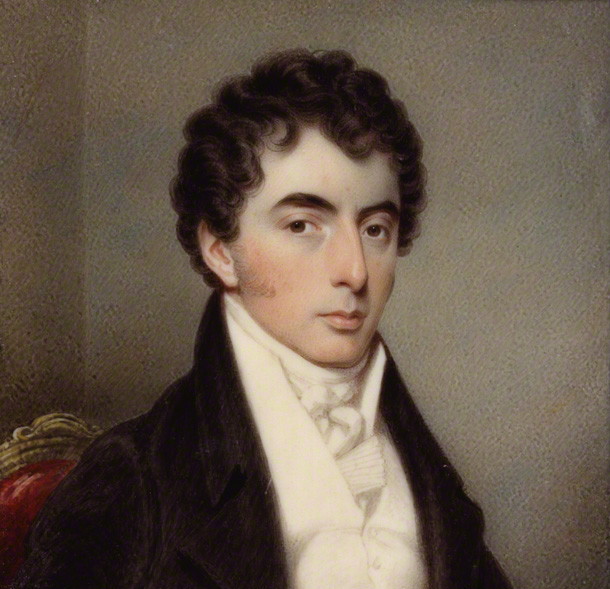

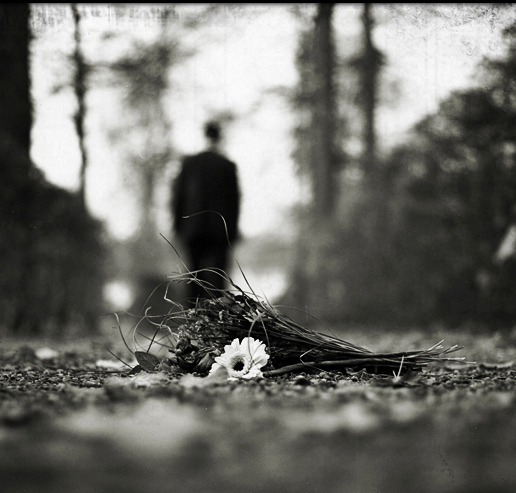
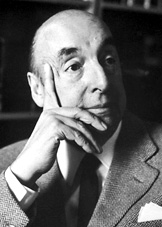






Why the other links are not working saying page not found please update the link from stanza 7 to 32.thanks
It was really helpful ..✌